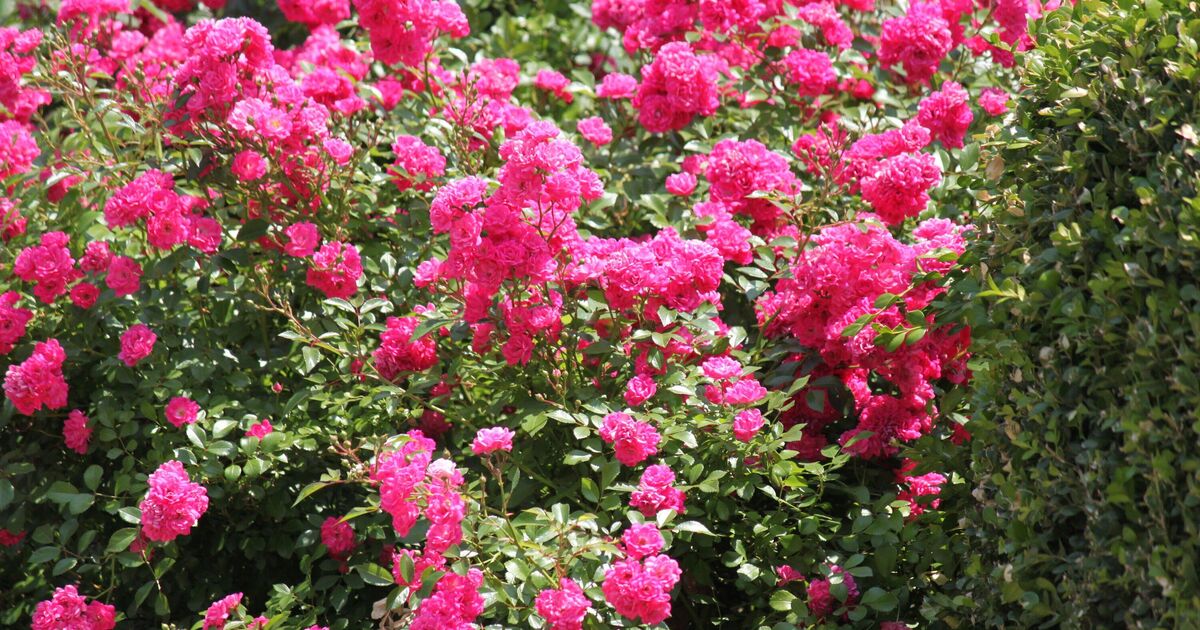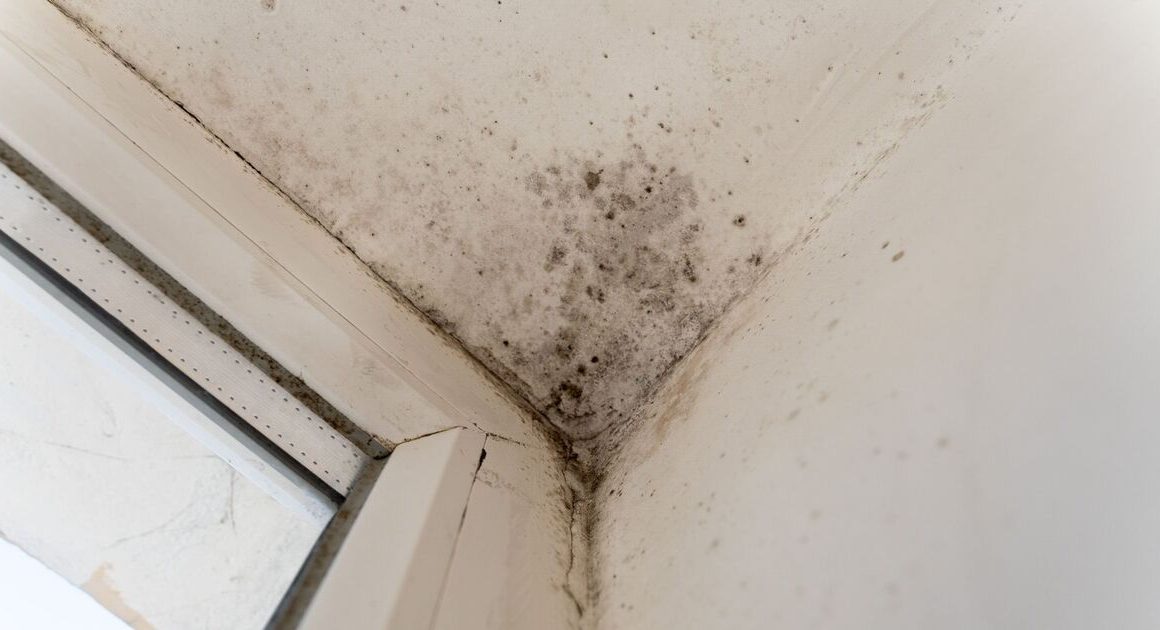Pruning plants can significantly influence their growth in the following year. This task helps maintain their health, vigour, and balance and prevents larger varieties from dominating the garden.
In his monthly instalment of his gardening blog, Monty Don has shared what needs to be pruned in September – this is among a variety of other gardening tasks for the month.
Before starting to prune the plants Monty has suggested, gardeners need to ensure they have clean and sharp secateurs. Secateurs with damaged blades can cause uneven cuts that could harm the plant and risk infection.
1. Lavender
To “avoid woody, leggy plants”, lavender should be “pruned every year”, claimed the expert. Do not wait for the seed heads to form or the flowers to turn brown as you want to allow the maximum amount of time for regrowth before winter.
Cut back hard to a good compact shape but be sure to leave some new shoots on each stem – lavender will often not regrow from bare wood.
These new shoots will “grow fast and provide an attractive and healthy cover” to protect the plant in winter and provide the basis for next year’s display.
2. Raspberries
The old brown canes of summer-fruiting raspberries can now all be cut down to the ground, leaving the fresh new green canes standing. The 69-year-old stated that these new canes will bear next summer’s crop and keep the plant “healthy”.
It’s advised for gardeners to reduce these to the half dozen strongest shoots, removing “all smaller or awkwardly positioned growth. The remaining canes will need to be securely held for the next year, hence summer raspberries are “best grown” against a permanent system of support.
Monty explained that he ties the canes with twine to parallel wires firmly fixed between sturdy posts, weaving around them and spreading them out evenly as he works along the wire at each level.
He added: “It is important that it is really secure as winter winds can catch and damage them.”
If left to their own devices, these plants can become overcrowded, leading to smaller fruits and an invasion of their designated space. Not only that, but the stems that have borne fruit will start to lose their vigour over time and eventually die off.
3. Shrub roses
Shrub roses are known for their resilience and abundance of blooms from summer into autumn. By pruning your roses, you’re setting the stage for more robust growth and a better flowering season next year.
For those who might be nervous about pruning roses, fear not, especially when it comes to varieties like gallicas, English roses, albas, or hybrid perpetuals.
Monty suggested that these types are “best simply trimmed with shears any time this month”, making them ideal for a more naturalistic garden setting such as a wild garden or a less formal cottage garden.
The expert advised: “Do not worry about the position or angle of the cuts, but clip away all long and straggly shoots as though you were trimming a hedge. Leave a compact, slightly domed bush that is about two-thirds of its former size.”
He added: “In March, when you can see clearly without any foliage, you can inspect the shrub to remove any damaged or rubbing stems, but a simple shear in September is enough to keep it healthy and packed with flowers next year.”










